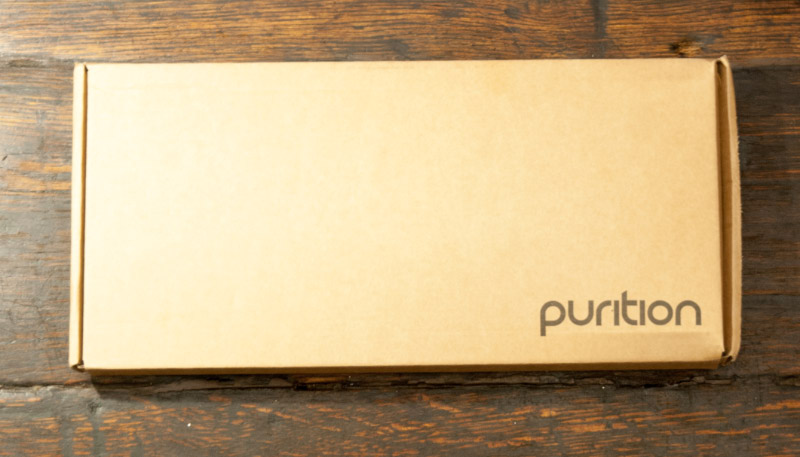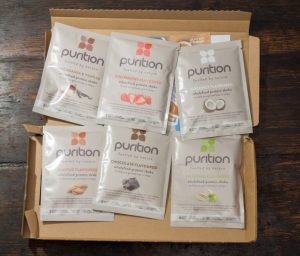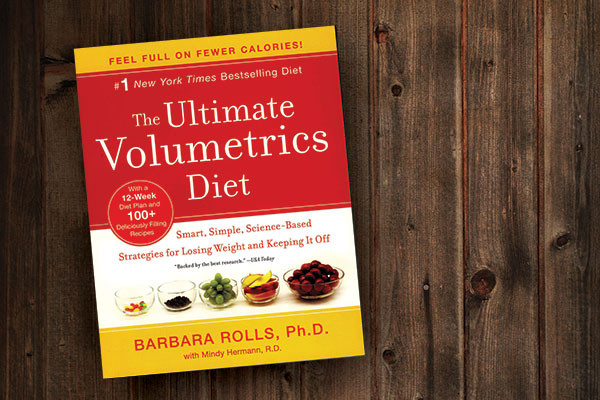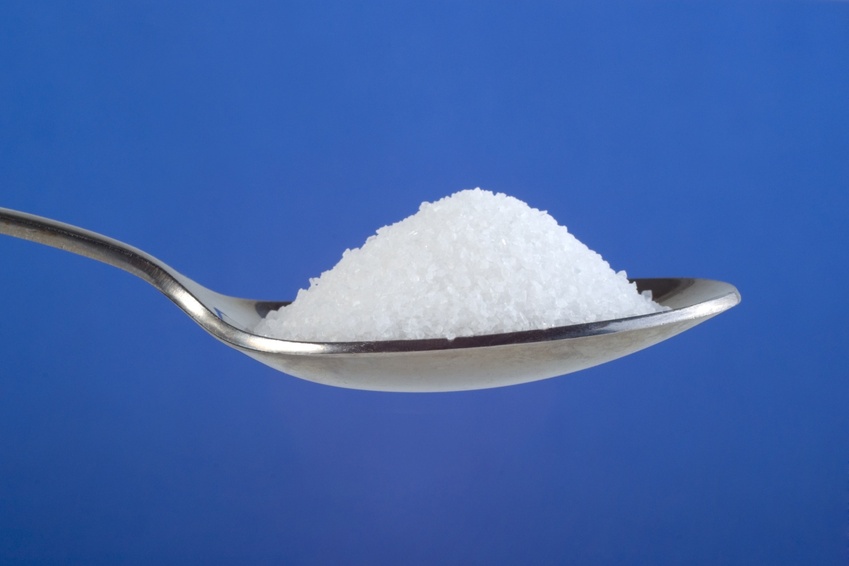“Purition is not a diet, it’s a nutritional upgrade” I was told. Though, to be fair, I’m not 100% sure what that means. But Purition deserves a hearing as they do have something interesting on offer.
However, a week or two ago, I received an email from a lady at Purition asking me if I’d like to try out the new their new protein shake. Because it was a Friday afternoon I was feeling what might be called “PR friendly” so I said yes.
To my surprise a box arrived the next day. This is not a comment about Purition by the dire standards of delivery services in the UK. In it were six packets of their non-vegan Protein shake. Purition do do a vegan product but I’ve not tried it so don’t want to comment.
Okay so what is Purition? Just another protein shake?
Well the way Leanne their PR lady described it was as follow “Our product is a healthy, wholefood protein shake, that’s an alternative to junk filled meal replacements and artificial protein shakes. We only use clean and natural ingredients, absolutely no artificial nasties. 70% of the product is made from a blend of seeds and nuts, along with Madagascan vanilla pods and other natural ingredients for our flavours. It is much more than just a protein powder. The shakes provide a quick, low carb, low sugar breakfast smoothie or lunch when you don’t have time to cook. We care about nutrition and ensuring that people are aware about what they are eating, and what can be hidden in their food products.”
Which I translate from PRspeak to “If you have one for breakfast you won’t feel hungry till lunch”. And as it weighs in at £12.99 for six packets seems quite reasonable price considering. (For Americans it is about $16.00 at today’s rate while for those in the Eurozone would play around 15 Euros). Though this is for what they describe as the trial box! I expect it is more if you by on a regular basis.
Okay so does it work? The answer has to be a resounding yes. Both my wife and I had lunch late on both the days we tried the product and I can honestly say I felt no urge to eat for over five hours. My wife backed this up and she had a morning of heavy meetings!
So yup it’s a winner from that point of view especially as it is seriously low in calories.
But there is a downside.
It tastes horrible and you get bits in your teeth. My advice, for what’s worth, is to down it in one. You can pretend you’re on a drinking bout somewhere just outside Tomsk rather than on a health kick.
So would I use it? The answer is yes. A few seconds of unpleasantness do help you lose a load of weight if used properly. (They also tell me that it’s useful for recover after exercise).
I also asked if T2 diabetics can use Purition. The answer came back “and I shall quote in full) “’Purition makes a great breakfast (or lunch) for anyone, not using insulin, to help regulate their blood sugar with their diet.
So for anyone diagnosed with a risk of developing type 2 diabetes or recently diagnosed with type 2 diabetes looking for a low-carb dietary intervention, widely regarded now as the only way to reverse T2 without medication.
Purition is safe to use if medicating with Metformin but should not be used by diabetics using insulin or insulin releasing tablets without medical supervision.
The slow release nutrients are low in sugar and carbs and will keep most people satisfied between meals without the need for snacking. Purition is all about setting the right foundations for a great food day.’
So there you have it. I think it works. If you have any question please use the comments section below and I’ll as Purition to reply!
Oh and if you want to try it you can pick it up here.
Many thanks!





